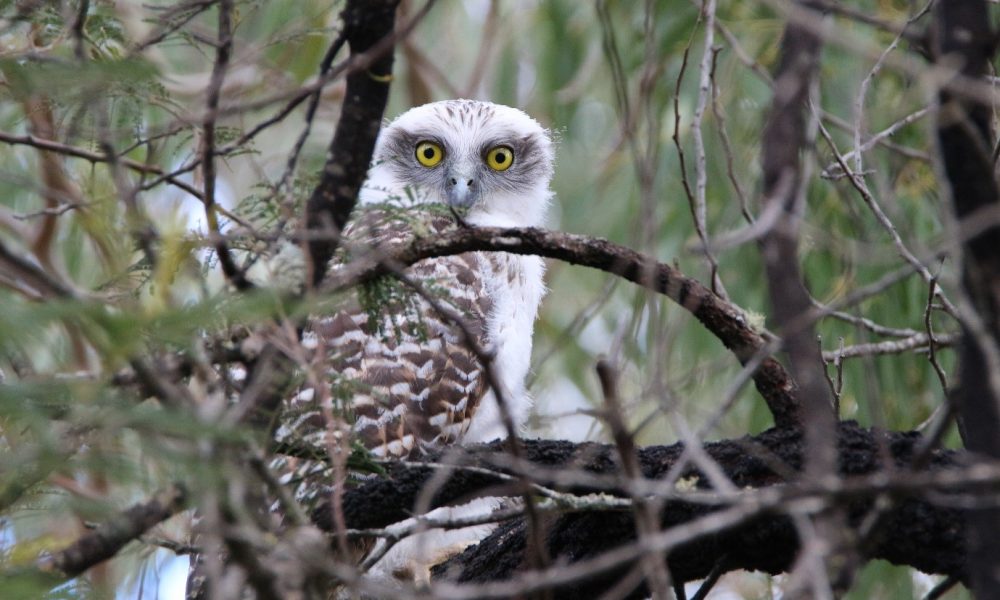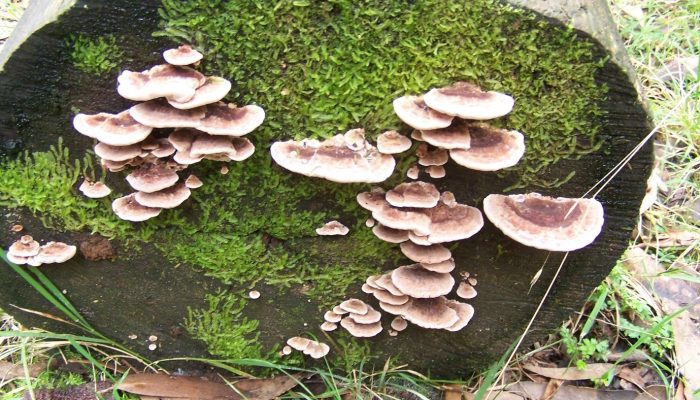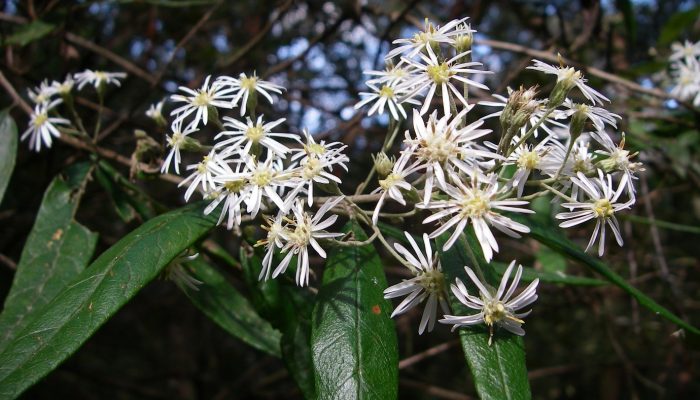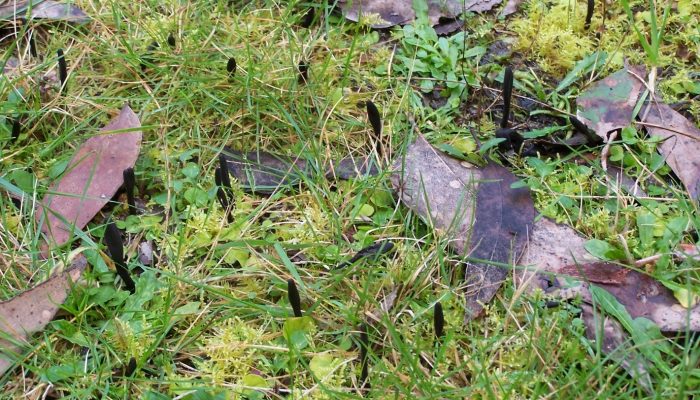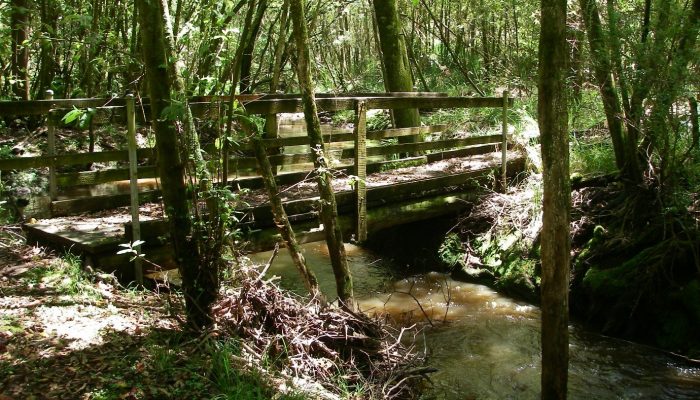Bequeathed by the Estate of Ralph Illidge in 1975, Ralph Illidge Sanctuary Reserve is one of the earliest properties acquired by Trust for Nature. This reserve was increased in size in 1987 with the addition of extra land. Many different animals and plants live in the reserve with a number of threatened species having been recorded. The Ralph Illidge Sanctuary Reserve is 92 ha and is located at 44 Halfords Road, Naringal East.
All Trust for Nature reserves are closed on days of Total Fire Ban, and days of severe, extreme and code red fire danger.
